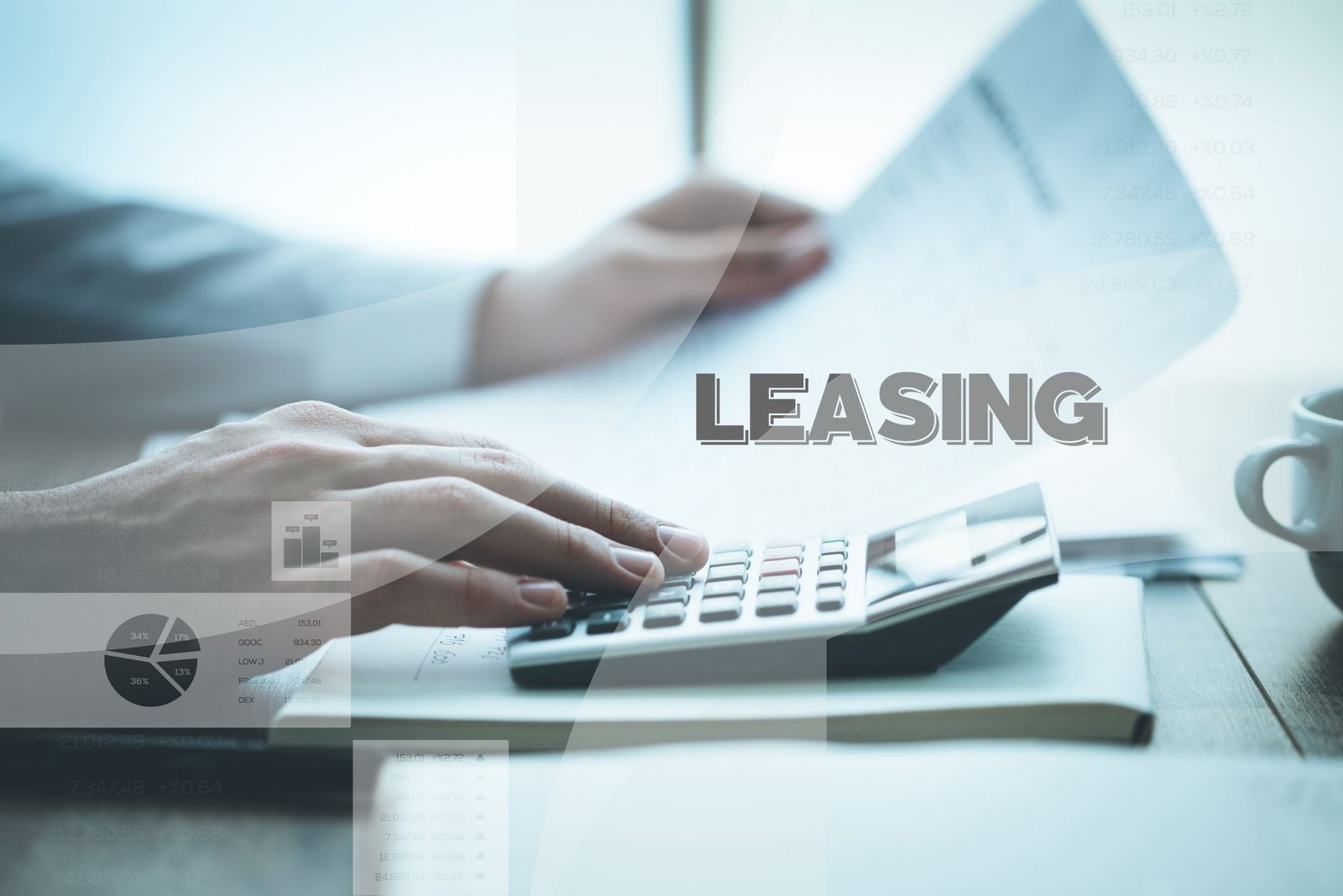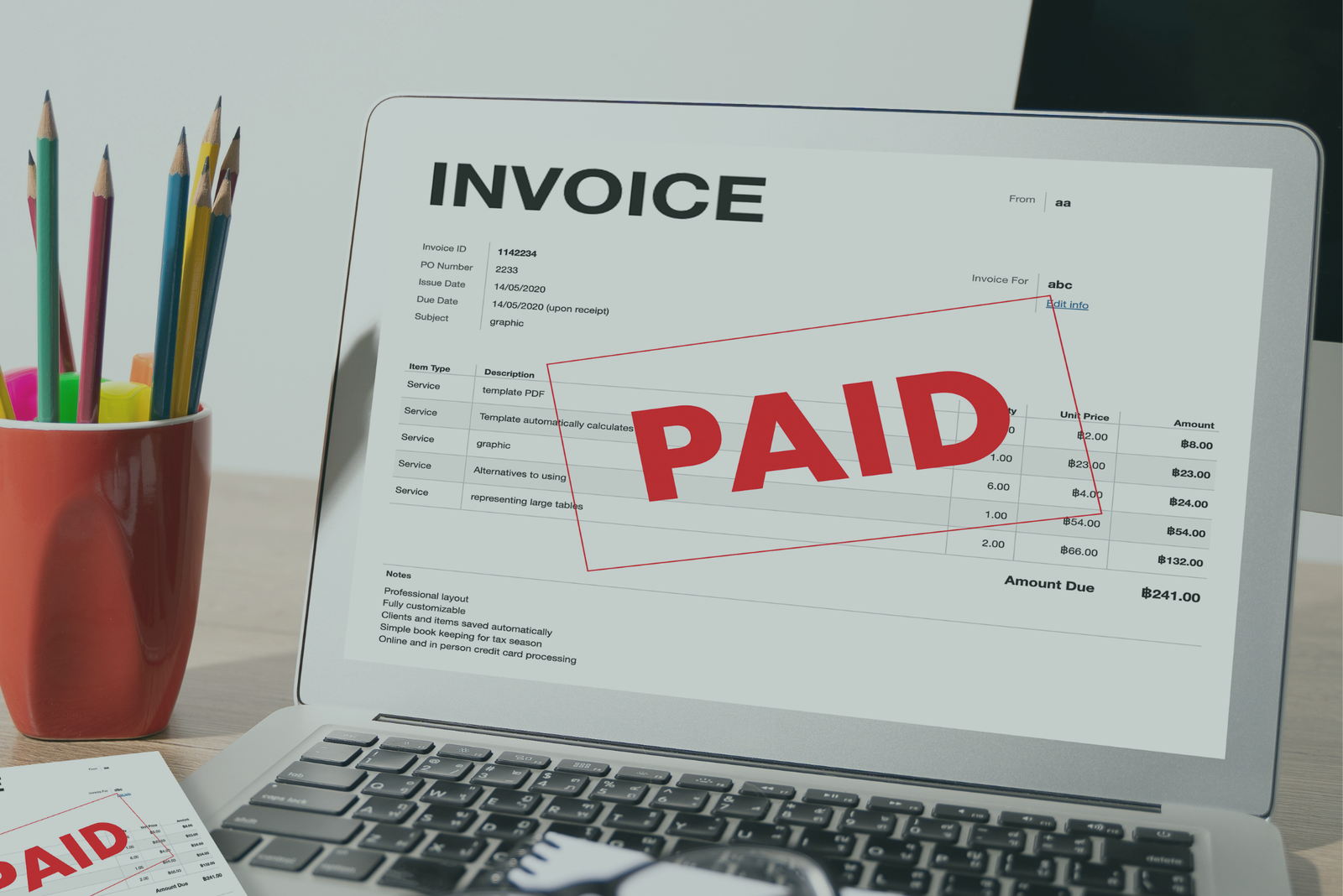insights

The Ultimate Guide to Medical Equipment Leasing
In today’s fast-moving healthcare world, staying competitive means staying up to date. Whether you’re opening a clinic or expanding services, access to modern medical technology is essential—but outright purchases can drain your capital.
That’s where medical equipment leasing comes in. It gives you access to the tools you need—without massive upfront costs—and the flexibility to grow on your terms.
This guide explains how leasing works, your options, and what to consider when choosing a lease provider.
Why Lease Instead of Buy?
Fast Fact
Leasing accounts for over 60% of new equipment acquisitions in small medical practices. (Industry estimate)
✅ Preserve Cash Flow
Leasing spreads out your costs in manageable monthly payments—so you can invest capital elsewhere (marketing, staffing, or new services).
✅ Stay Current with Technology
Upgrades are easier when you lease. You’re never locked into outdated machines as tech evolves.
✅ Maintain Flexibility
Need short-term use? Want the option to buy later? Leasing gives you multiple pathways based on your strategy.
✅ Possible Tax Deductions
Lease payments may be fully deductible as operating expenses—speak to your accountant to confirm.
Types of Medical Equipment Leases
Choosing a Lease Type
Ask: “Do I want to own this equipment eventually?” If yes, consider a capital or $1 buyout lease. If no, operating or FMV leases are often better.
Operating Lease
Use the equipment for a fixed time.
Return it at the end.
Best for short-term or fast-evolving equipment.
Capital Lease
Structured like a loan with ownership at the end.
Best for long-lasting, high-utility equipment.
FMV (Fair Market Value) Lease
Pay less monthly.
Choose to return, buy, or upgrade at term-end.
Ideal if flexibility is important.
$1 Buyout Lease
Pay slightly more monthly.
Own the equipment for $1 at the end.
Best if you plan to keep the equipment permanently.
How the Leasing Process Works
Tip for Faster Approval
Get pre-approved by preparing recent financials, a credit summary, and an equipment quote in advance.
Choose a Leasing Partner
Make sure they understand healthcare and can structure flexible terms.Assess Your Needs
Consider how long you need the equipment, tech turnover, and whether you want to own it.Request and Compare Quotes
Evaluate monthly payments, total cost, and end-of-term options.Sign and Receive Equipment
After approval, your provider arranges fast delivery and setup.Manage the Lease & Plan Ahead
Discuss upgrades or buyouts before the lease ends to stay ahead.
What to Watch for Before Signing
Don’t Sign Without Asking
What happens at the end of the lease?
Is maintenance included?
Can I upgrade early?
What’s the total cost with interest?
Lease Terms: Know how long you’re committing and the exit options.
Maintenance: Confirm who handles servicing and repairs.
Flexibility: Can you return or upgrade early if your needs change?
Interest Rates: Make sure you’re getting a competitive deal.
Why Choose Finmed Capital?
At Finmed Capital, we help healthcare professionals access the equipment they need—without overextending their finances.
We offer:
Operating, capital, FMV, and $1 buyout lease options
Competitive terms tailored to your practice
Rapid approvals and expert advice
📞 1-833-336-3131
🌐 Visit finmedcapital.ca
📩 Get a free consultation
Who We Serve
✔ Family & Specialty Clinics
✔ Dental & Veterinary Practices
✔ Imaging & Lab Facilities
✔ Ambulatory Surgery Centers
Conclusion: A Smarter Path to Growth
Leasing medical equipment offers a cost-effective, flexible, and strategic path to staying competitive. With the right lease and partner, you can deliver exceptional care without compromising your financial stability.
Ready to get started? Finmed Capital is here to help.
Popular Category
- Financing Solutions (3)
Popular Post
- Blog








